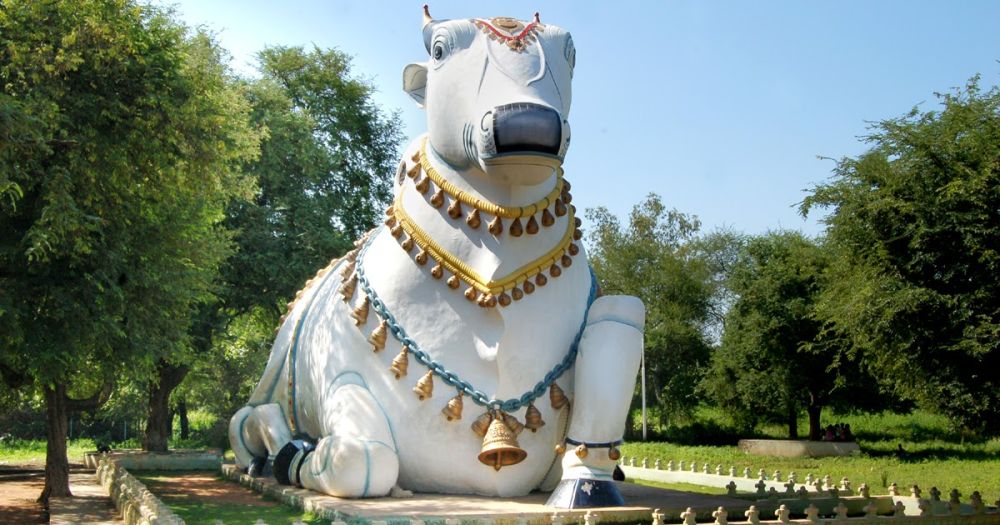

Located in the Nallamala Hills of Kurnool, Andhra Pradesh, India, Mahanandi is a beautiful village that houses the famed Mahanandiswara Temple - an important pilgrimage site dedicated to Lord Shiva. Tourists flock to this serene destination throughout the year to revel in spirituality and nature's beauty.
The history of tourism in Mahanandi is intrinsically linked to the Mahanandiswara Temple, which is over 1,500 years old. This place has been attracting pilgrims for centuries, serving as a testament to the region's longstanding spiritual significance. Although it has long been a domestic pilgrimage spot, it has started gaining international attention in recent decades.
As one of the nine Nandi Shrines, known as Nava Nandulu, Mahanandi draws its presence from mythology and ancient history. The unique feature of its pushkarini (temple tank), which has water with crystal-clear quality throughout the year, is a divine draw for devotees and tourists alike.
In the early 20th century, Mahanandi was mainly a spiritual retreat for the devout population of India. With the advent of better transportation and tourism infrastructures, such as roads and lodging, the region experienced a gradual increase in visitor numbers. The government's efforts to promote pilgrimage tourism have also significantly contributed to the growth of tourism in Mahanandi.
In recent years, Mahanandi has seen a transition from being a largely pilgrimage-focused destination to a spot that appeals to a wider tourist base.
The surrounding Nallamala forest, with its rich biodiverse flora and fauna, has become a hotspot for eco-tourism. The promotion of sustainable tourism practices ensures that the environmental impact on this pristine region is minimal.
Though it still retains its core religious appeal, with the celebration of major festivals like Mahashivaratri drawing huge crowds, tourism initiatives now also incorporate elements of comfort and convenience for devotees and leisure travelers.
The surrounding countryside of Mahanandi is known for agriculture, and recently, there has been a trend in agritourism where visitors can experience farm life and local agriculture practices.
To fully appreciate the beauty and tranquility of Mahanandi and its spiritual essence, travelers should plan their visit thoughtfully. With comfortable stays and easy access to temple grounds, Mahanandi ensures a memorable experience for all visitors. The best time to visit is between October and March, when the climate is pleasant and conducive for exploration.
As an emerging travel destination that encapsulates cultural depth and natural beauty, efforts are continually made to preserve the sacred and ecological integrity of Mahanandi. Visitors are encouraged to respect local customs and environmental guidelines during their stay.